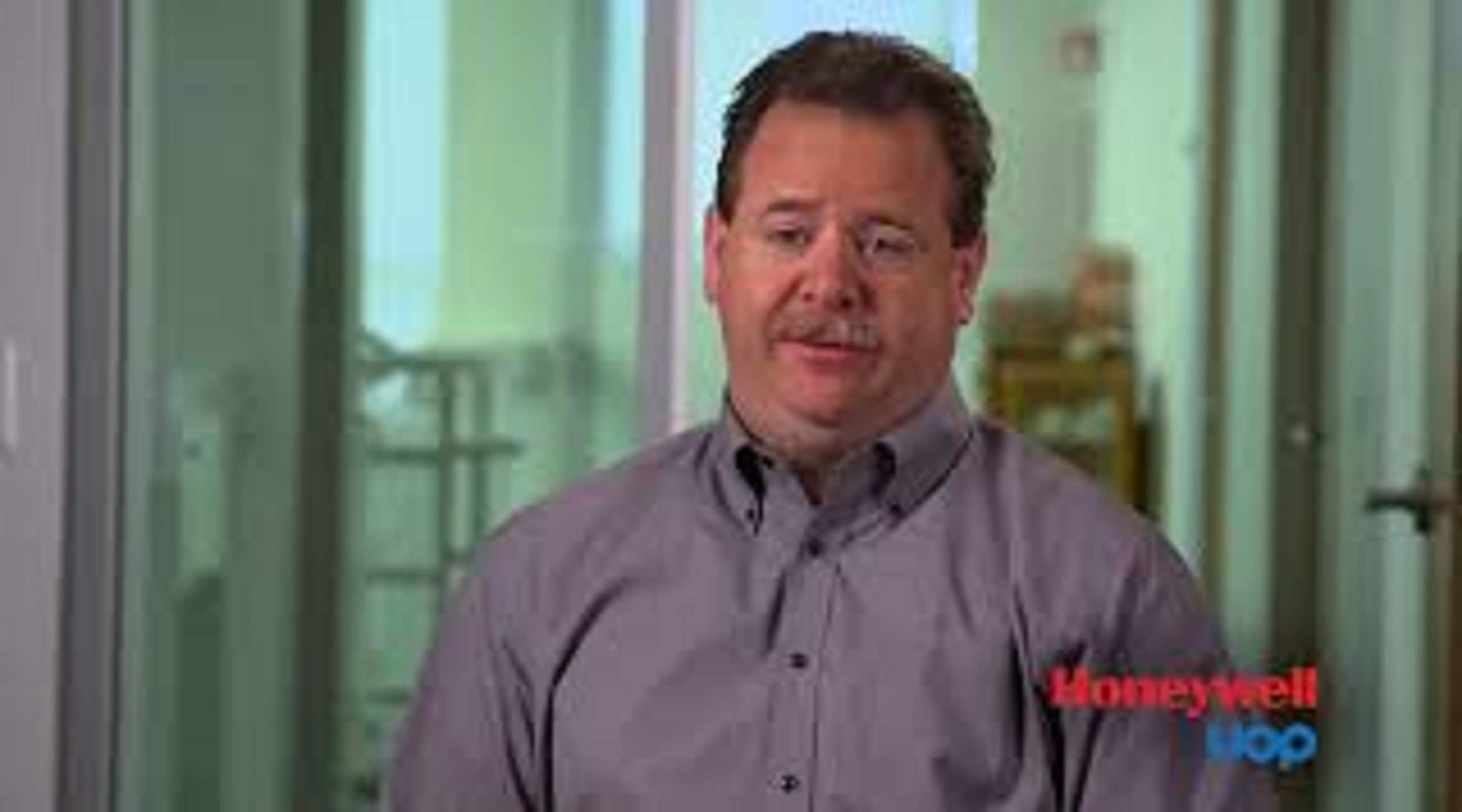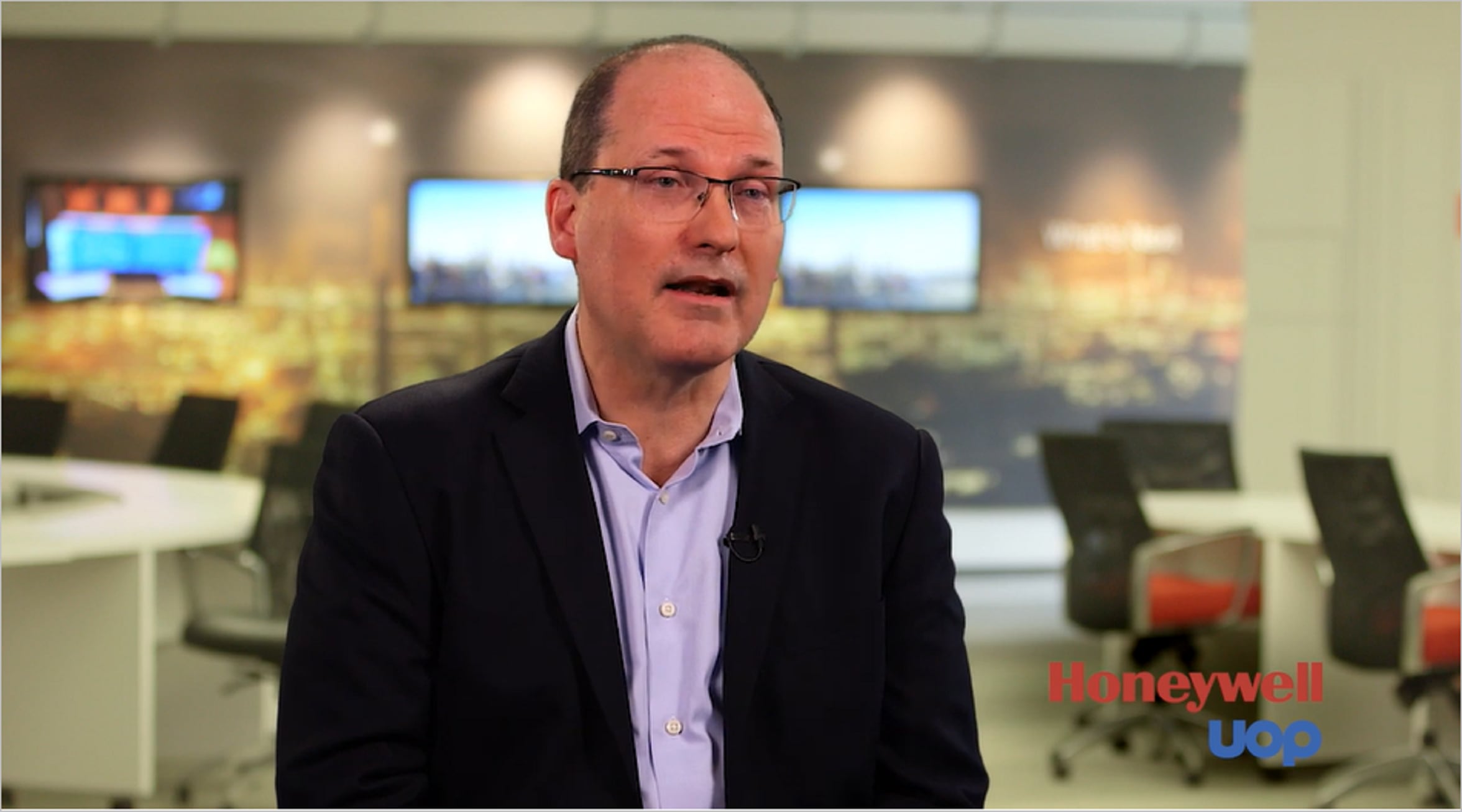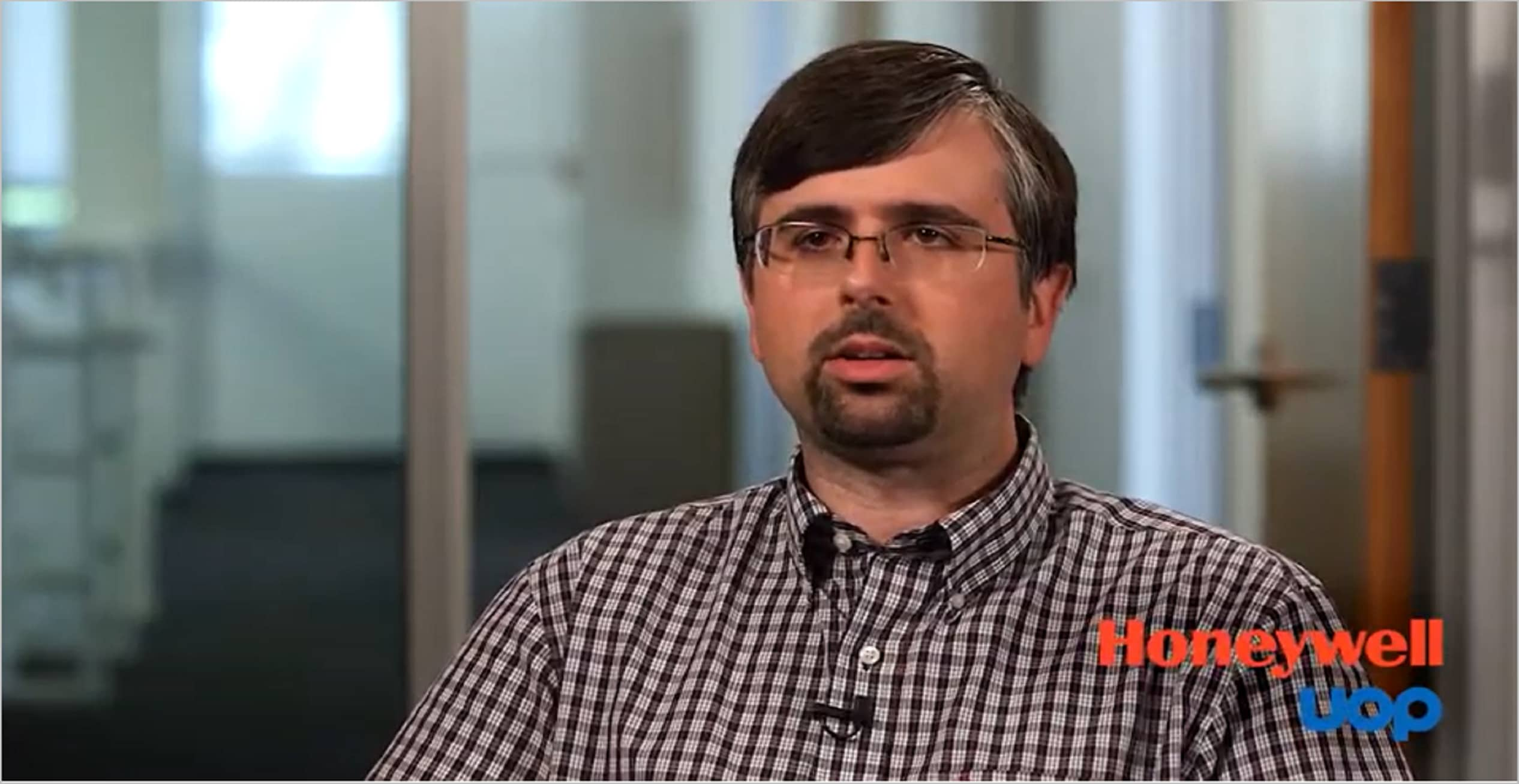Keep up with what’s new.
Connect with us on LinkedIn for news, insights and related topics.
50 years of CCR PlatformingTM
Professionals in the oil and gas industry today may not remember when gasoline was sold in multiple grades that included fuels containing tetraethyl lead. Now relegated to the historical curriculum in petroleum engineering, we take for granted that millions of automobiles once emitted lead particles from their exhaust, where it entered the food chain through accumulation in waterways and soils.
The barrier to the economic viability of unleaded fuels was broken in 1971 with the introduction of CCR Platforming, a technology that substantially raised the gasoline pool octane number. By making it possible to exclude lead from gasoline, automobile exhaust now could be run through a catalytic converter, attacking the full range of pollutants identified in the Clean Air Act and removing millions of tons of pollutants from the air.
The first CCR Platforming unit entered service on Jan. 3, 1971 at the Coastal States refinery in Corpus Christi, Texas. It was a milestone for the refining industry, ushering in the global transition to lead-free gasoline production. Today, virtually every gasoline-fueled vehicle in the world uses unleaded fuel and a catalytical converter. Most importantly, it has accommodated a five-fold increase in personal mobility while improving the health and living standard of billions of people worldwide.
The technological breakthrough brought by CCR Platforming solved a growing environmental problem and greatly improved the economics of refining. Today, more than 380 CCR Platforming units have been licensed worldwide.
The CCR section allowed refiners to continuously remove coke accumulating on the catalyst. This allowed lower reforming reaction pressures to increase reformate and hydrogen yields, higher reaction temperatures to achieve higher octane levels for gasoline blending -- thereby enabling lead-free gasoline -- and increased production of aromatics for use as petrochemical feedstocks.
Because the coke barrier has been addressed, the size of a catalytic reforming units has increased, substantially improving economies of scale for catalytic reforming. Several CCR Platforming units now are operating at feed rates exceeding 100,000 barrels per day.
Gasoline remains the world’s most common transportation fuel, and it will continue to be the primary motor fuel for many years, thanks in large part to the elimination of lead from the gasoline pool and superior economics made possible by CCR Platforming.
Read our blogs to know- How to create a Performance Upgrade Plan?
Learn more on UOP’s latest process and catalyst information
Contact our technology experts to learn how we can create a customized solution for your operation
Connect with us on LinkedIn for news, insights and related topics.

Did you know that your internet browser is out of date?
Your browser is out of date, and may not be compatible with our website.
Just click on the icons to download a compatible browser.
By closing this window you acknowledge that your experience on this website may be degraded.


